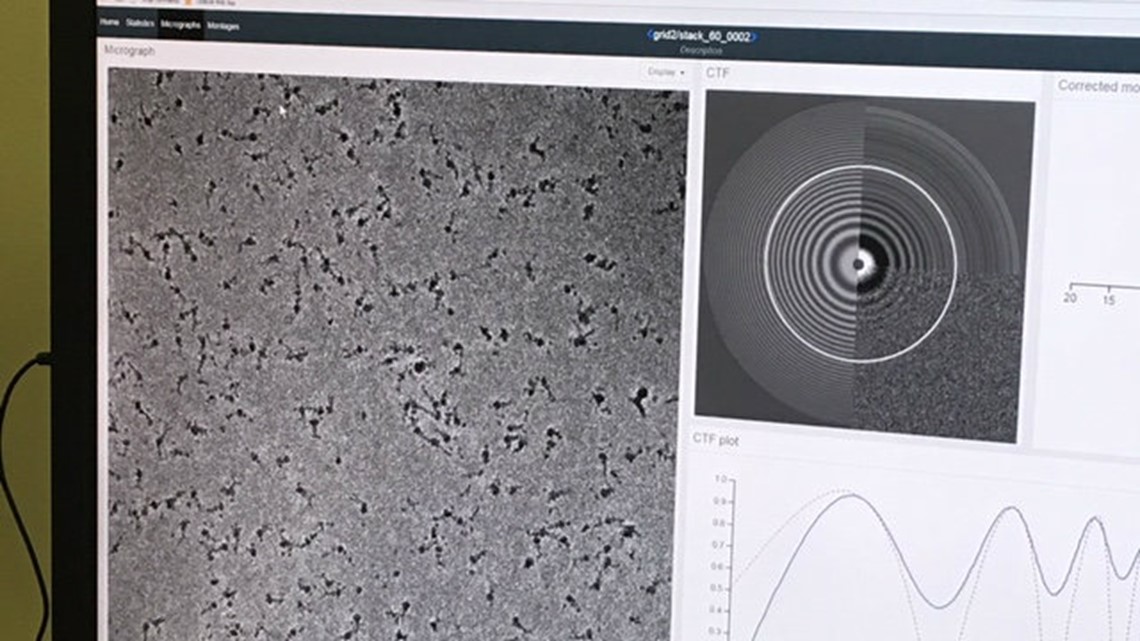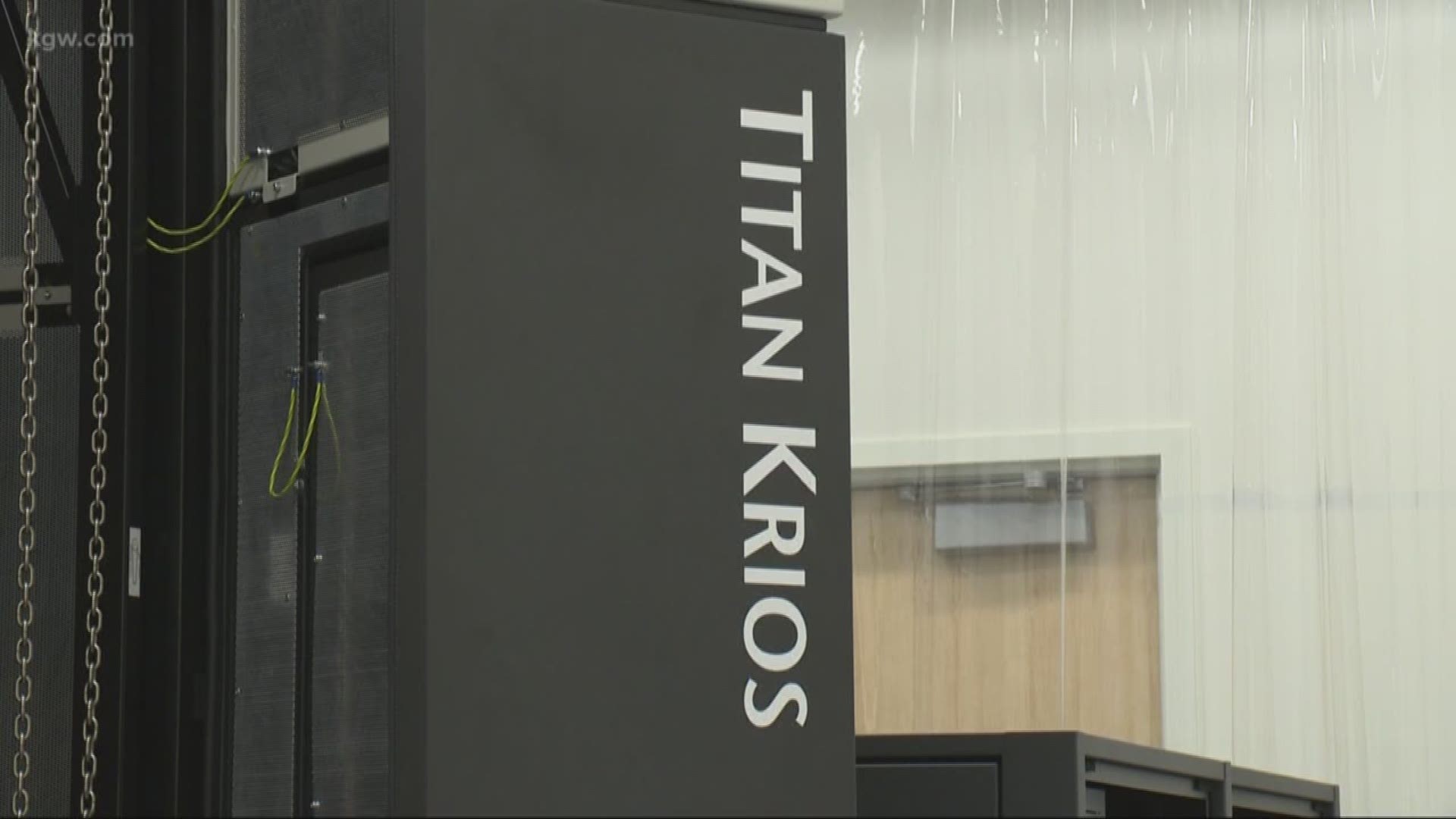PORTLAND, Ore. -- Portland is soon going to be a big draw for visiting scientists and doctors.
Oregon Health & Science University is one of just three medical facilities in the country to win a grant to buy four revolutionary microscopes that are the most powerful in the world. They could help find cures for all kinds of diseases, from Parkinsons, to Alzheimer's, to cancer.
Scientists from around the country will be signing up to use the microscopes for their research.
In a basement of the Collaborative Life Sciences building on OHSU's south waterfront campus, behind mazes of locked doors, you'll find the microscopy labs. The Cryo-Electron microscope is not much to look at on the outside. It's a huge, metal box that opens to gears and computer chips.
It uses an electron beam and a highly specialized camera to see beyond molecules, down to each atom. It's the most powerful microscope on the planet.
OHSU bought their only one in 2012, and lead scientist Eric Gouaux, Ph.D., has been using it to study our nervous system. Now, with a $42-million grant from the National Institutes of Health, they'll be getting four more in October to create a new imaging center.
"It's a super nerdy happiness, yeah," laughed Gouaux.
Only Stanford and a biology center in Manhattan, New York, will have the others. Scientists from across the country will apply to come here, likely creating a waiting list, to use the microscopes for several days in whatever research they're doing.
"Samples from molecules involved in the heart, in the brain, in the liver, in muscle, all throughout the body and they use it to understand how these molecules work," Gouaux said.
The microscope can make hundreds of images of a single atom, and once layered together, creates a 3-D image.


Tuesday, post doctorate students were examining the tiny filaments that make up a single hair from inside a mouse's ear to study how we hear. Imagine how small that is. But blown up on the screen, they can put the images together to see how those hairs tell our brain a sound wave has come in.
"We want to understand how hearing works and also what leads to deafness and how people are born deaf because believe it or not, it's still not known how we hear or detect sound." Gouaux said.


OHSU says the groundbreaking technology, coupled with Portland's attractiveness to tourism, will bring all kinds of scientists here.
"Everything from neurodegenerative diseases and what the underlying basis is, to infectious diseases like HIV and influenza, and because we can image both viruses and receptors for those viruses, we can better understand those viruses and how to block their activity," said Gouaux.

